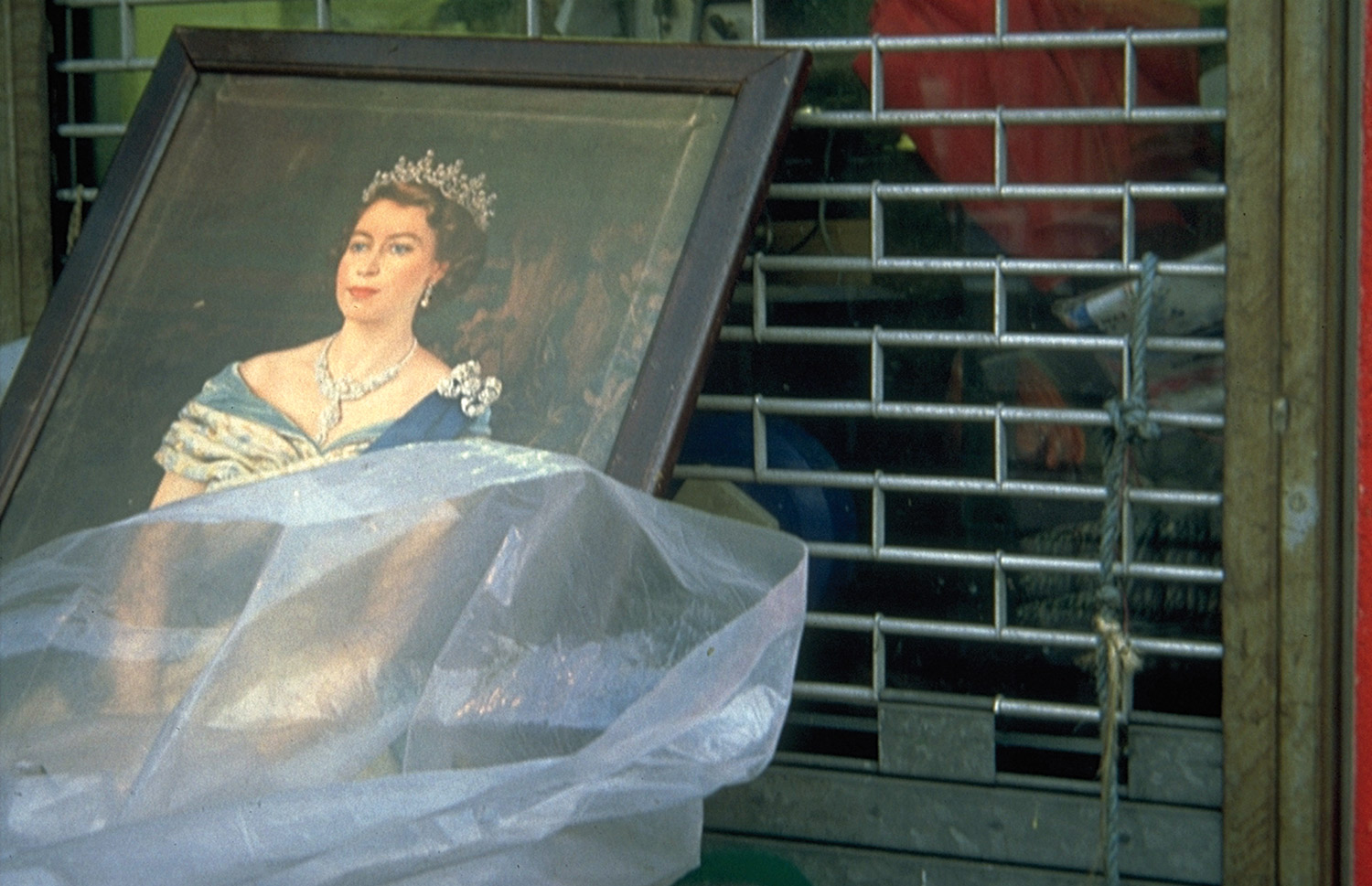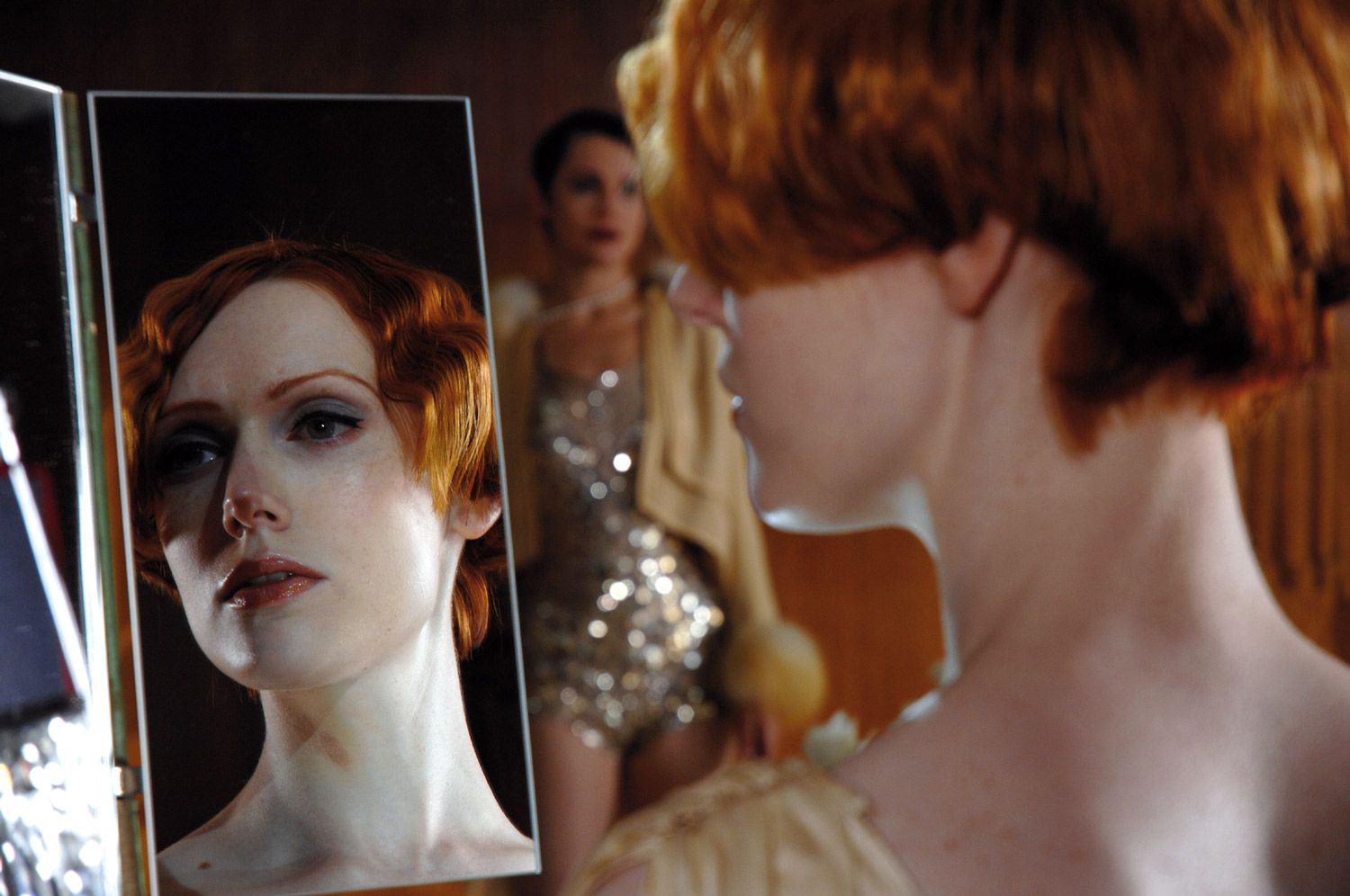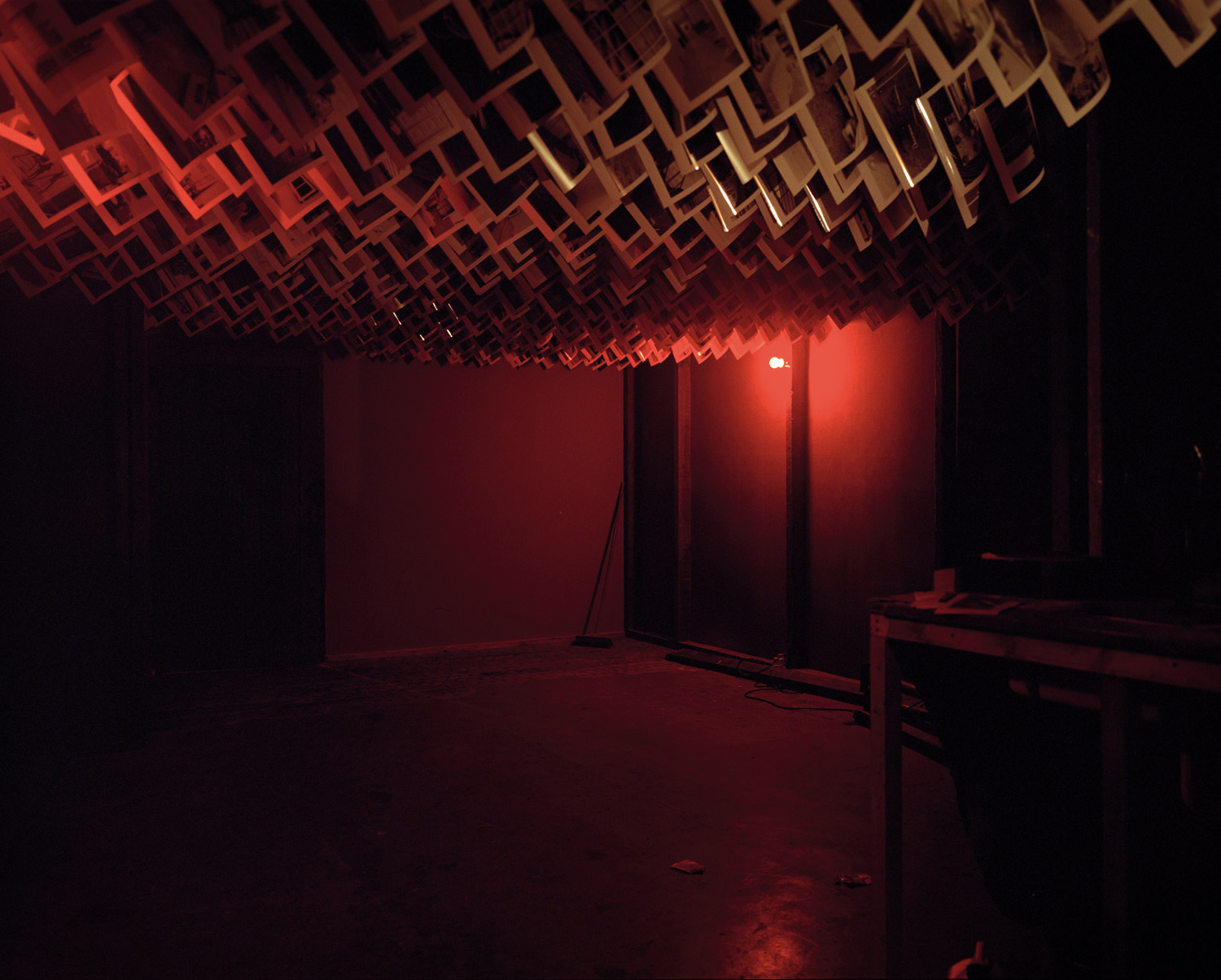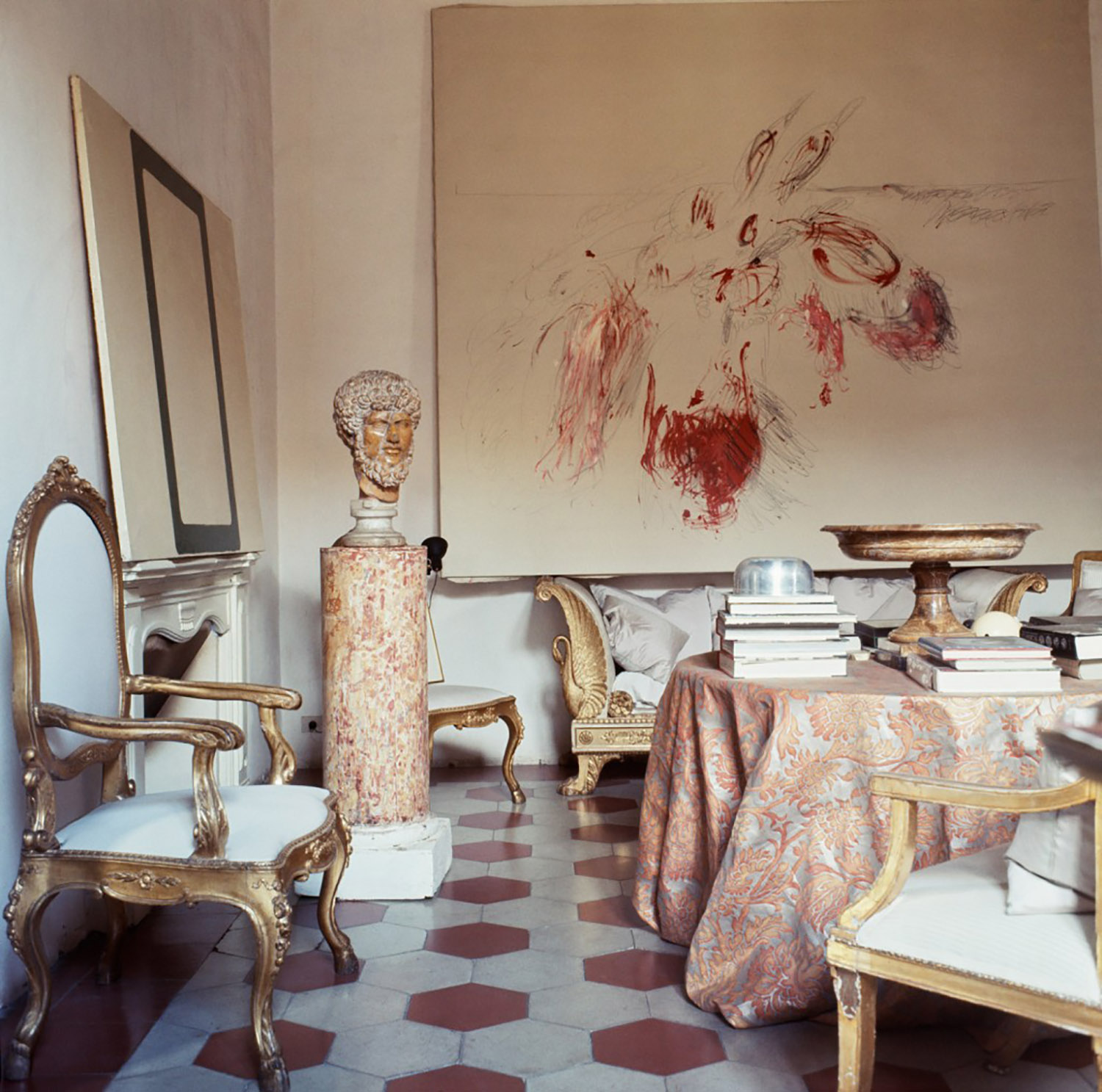Originally published in Flash Art International no. 262 October 2008.
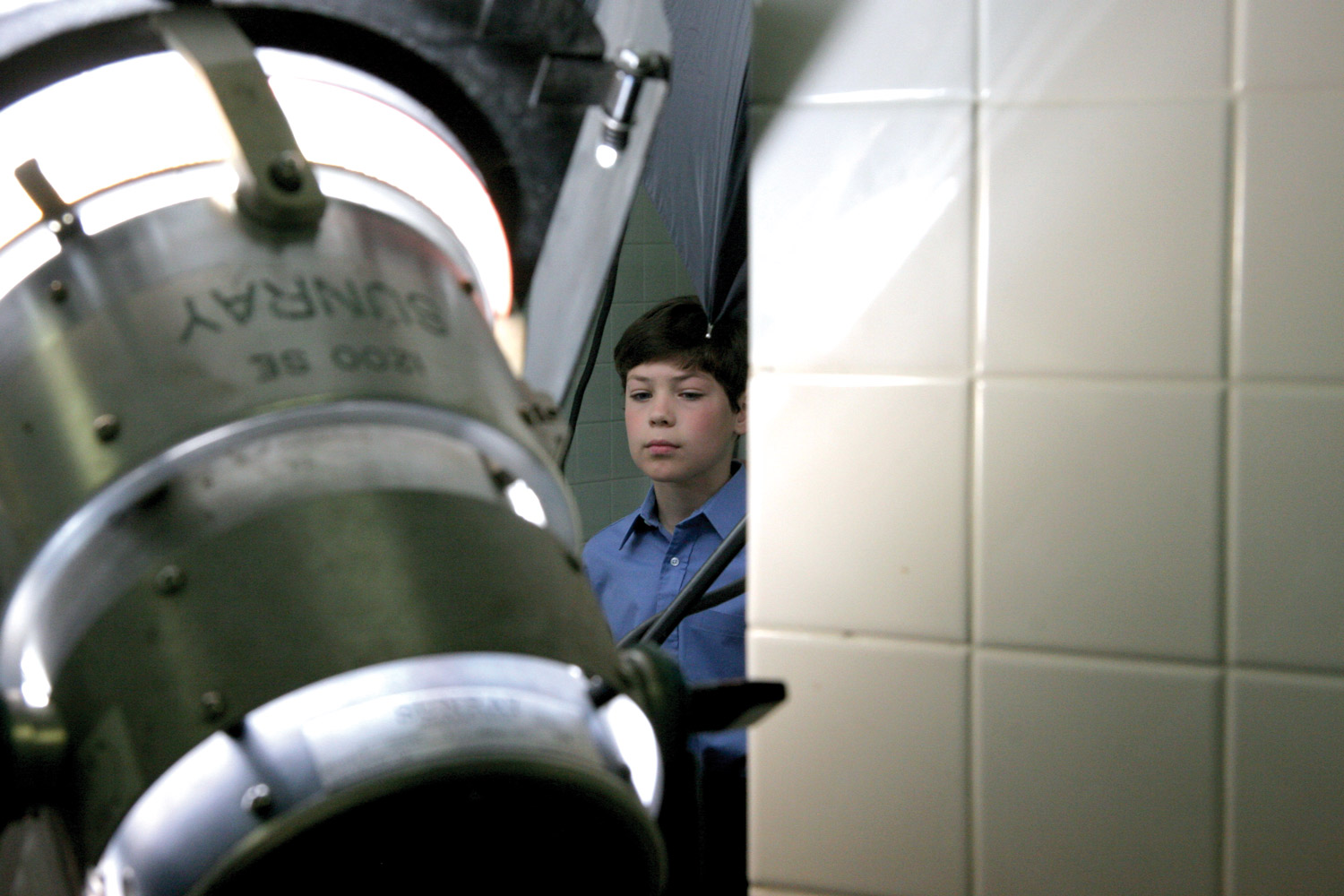
Omer Fast explores the disjuncture in documentary media by splicing and creating stories that confound reality with fiction. Often shown on multiple screens, with strong audio narrative components, his video works collage footage culled from recorded interviews or from mass media, ultimately manipulating the truth index inherent to video.
Chen Tamir: Hybridism and disjuncture are integral to your work. Where does that stem from? Did moving to America from Israel when you were younger affect your identity and worldview?
Omer Fast: I’m reluctant to discuss my work in terms of biography. However, I can say that moving between two countries while growing up certainly made me aware of how much having an identity involves a performance. Choosing between two identities, two languages, two cultures from an early age also meant I couldn’t really invest that much faith in either; neither felt entirely native or natural. I suspect this is typical of immigrants or bilinguals and perhaps my work is informed by that. There are often parallel elements in my work, side-by-side projections or juxtaposed subtitles running simultaneously. I don’t think it’s about sewing doubt or confusion though. I like to hope it’s appropriate to the subjects I’ve sought: persons whose story is somewhere between an experience and its reenactment, the push and pull between historical time, personal time and dramatic time.
CT: I’m interested in how you distinguish between different kinds of time. Can you discuss that?
OF: Working in video or film involves three distinct layers of time. First, there is recorded time. This is the time it takes someone to answer a question, perform a task, or tell a story on-camera. Second, there is the time described, for example a past event referred to in an interviewee’s answer or the slice of time in which events in a scene or a story unfold. Finally, there is the time edited. This is the time created from the recorded material, usually through editing techniques such as cutting and splicing. Edited time is highly contingent on recorded and described time, but it’s what ultimately determines the viewer’s perception of the work. Each of these times has its own reason and nature of being. If recorded time is stressed during editing, leaving long segments of the footage intact, we may call the work verité or direct. If described time is emphasized, meaning the cuts correspond with the events described, we might expect a work that feels naturalistic or even dramatic. If edited time is foregrounded, pointing attention to the manner a plot is constructed for example, one might think of self-reflexive, even critical practices or use postmodern labels. But this is not necessarily the case. A quick look at CCTV footage that constantly shuffles between security cameras, or watching TV with a channel-surfing attention-deprived friend is enough proof to the contrary.
You could even argue contemporary television commercials with their rapid-fire editing are the most prevalent forms of storytelling. The reason I bring all this up is to emphasize the richness of what’s called time-based media.
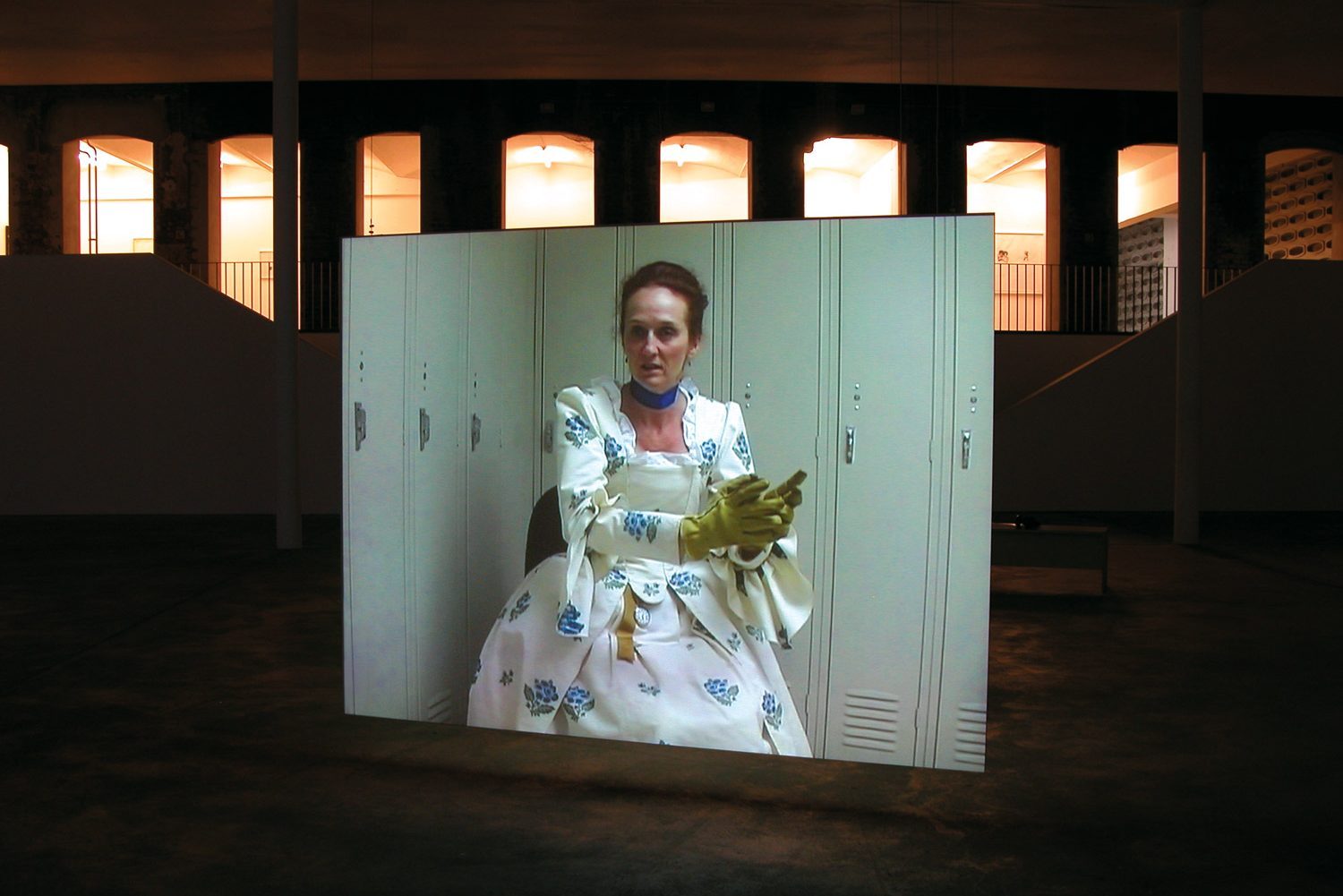
CT: Interesting you mention CCTV, channel-surfing and commercials. Your works play with a discrepancy between audio and visual, and has a special relationship to words. Your early work, Glendive Foley (2000), involved your voice mimicking the sounds of a typical suburban landscape. Other works, like CNN Concatenated (2002) and A Tank Translated (2002), play with subtitles. You also transcribed the ‘script’ or verbal narrative in Godville (2005) into an interesting book. When I visited your studio last year you had a book lying around by Etgar Keret, a writer of fantastic imagination in line with the literary movement of Magic Realism. Your work plays off fairly similar principles — the malleability of ‘reality.’ Magic Realism literature often manipulates time in interesting ways, too, creating time that is cyclical or that somehow operates differently.
How do you feel about that comparison? Are there writers that serve as influences?
OF: During graduate school, I was frustrated by what I experienced as a lack of connection to things happening outside the art bubble, especially pulp, literary and dramatic forms of storytelling. In retrospect, this was probably my fault for choosing a respectable graduate program and being such an earnest student. In any event, my first project after graduation was an attempt at a corrective. I curated an exhibition at the university gallery called “Fido Television.” Although I will never repeat the mistake of curating, the show represented a grouping of artists whose work was very much in touch with the real, at least as I saw it or thought it should have been shown at the time. It included a white boy channeling the voice of an older black gentleman, a couple selling themselves on an Italian TV talk show, a standup comedian haunted by the echoes of his own jokes, a contestant auditioning to be a hostess on the Home Shopping Network, a couch potato who successfully enters the screen and runs around in disaster films, etc. I certainly welcome an affinity with Magic Realism. But I think my interest was always more grounded on media: e.g. the impact television was having on the way my generation experienced reality and how we recall and retell it. Etgar Keret’s short stories are the perfect distillation of that.
CT: The Casting seems your most ambitious work to date, and also your most directly ‘political.’ What made you create it?
OF: Originally, I had planned on shooting a more documentary-type project in Fort Irwin. This is the huge base in the Mojave Desert where the US Army trains soldiers in full-scale copies of Iraqi villages inhabited by Arab-Americans pretending to be Iraqis. After many strange, almost autistic conversations with the Army’s Office of Public Affairs, I went to Fort Hood in Texas, where I met with soldiers who had just returned from their first tour in Iraq. Over several days, I recorded conversations with a number of them and then flew back home with the material and waited. And waited. And waited. After realizing that an appointment at Fort Irwin was not forthcoming, I decided to look closer at the footage recorded in Texas. I ended up selecting two stories told by the same young Army sergeant. One takes place in Bavaria and involves a date with a German girl who’s into speed and self-mutilation; the other takes place outside Baghdad and involves a road-side bomb and the shooting of an unarmed civilian. The two stories were chopped up and braided into a script, which was given to a group of actors to interpret in a series of silent tableaux. As the sergeant tells his stories, their setting and context keep slipping and shifting: Baghdad becomes Bavaria, making out ends in chaos, a Christmas date concludes with a faraway death.
Anyway, I’m not sure if The Casting is my most directly political work. (Whatever we mean by that is another can of worms.) Its overt subject matter is certainly topical and belatedly debated in the United States at the moment. But the work sees its politics more in terms of its own aesthetics: the way it appropriates an admittedly heavy subject matter, then literally makes a ‘production’ out of it. In this sense, what the work tries to do is present the arc of an event, the trauma-turned-drama, accounting for the many players that attend to it along the way as it’s transformed for public consumption. There’s definitely a politics to that. But it’s not very direct.

CT: Your most recent work, Looking Pretty For God (After G.W.), is a video that pans kids posing, with their speech blended into morticians’ words. What was the inspiration behind this work?
OF: Looking Pretty for God was commissioned by Anselm Franke and Hila Peleg for Manifesta 7, and by the School of the Art Institute of Chicago. Several months before Manifesta, Anselm told me that the working concept for the show was “the soul.” At first, I thought he was joking. When I realized there was a possibility that he was serious, I decided to take on the concept as seriously as I could, accepting it as a personal challenge. I come from a militantly secular family and don’t have the background of religious practice, spiritual beliefs or even a sense of tradition that could help in this matter. Also, unlike triggers for previous projects that were all about discrete historical events, their witnesses and reenactors, I understood the soul to be more of a ‘big’ concept, fluid but nevertheless as historically contingent as abstract concepts can get. And so, lacking a personal angle on the matter, the first step was to find people who could talk about the soul in first-person, who could explain to me what happens when a person dies. I had already talked with several clergymen of small-town churches while producing a project in Virginia in 2005. I did not want to go through those doors again. So while visiting New York for the Whitney Biennial, I lined up meetings with funeral directors in Staten Island, Manhattan and Queens, knowing that the technical nature of their jobs could anchor the conversation and keep it from dipping into territory for which I was ill-prepared. As the professionals responsible for a deceased person’s last public appearance, funeral directors’ line of work falls somewhere between make-up artistry, plastic surgery, sculpture, PR, grief counseling, event planning, and magic. Their profession is also emblematic of modernity’s specialization of production and work, and their segregation from the consuming public. As the funeral directors speak about what they do off-camera, stills filmed inside the funeral home are intercut with scenes depicting a commercial photoshoot involving child models. Occasionally, aspects seen in the photoshoot appear to coincide with things the funeral directors describe: the application of make-up, the proper posing of hands and face, achieving an ideal facial expression and an overall finish, the work involved in creating a memorable image. As the camera wanders around the frozen expressions and bodies, the models’ normally passive stance is occasionally interrupted as one suddenly speaks, in complete sync with the voiceover, as if channeling a voice. It’s a gimmick, obviously, but when it works it succeeds in relating two distinct industries involved in creating two very different image products. Also, in as much as a performance can possess or transform the person performing (and of course hopefully the one watching) the child-actor’s sudden break into pantomime briefly brushes across the spiritual realm, at least as closely as I can imagine at this moment in life.
CT: Are there artists you are particularly interested in or that have inspired you?
OF: At the moment, I spend more time reading fiction and going to movies than seeing art shows. Recent inspirations include Yaakov Shabtai’s wonderful book Past Continuous, which was quite a discovery for me. I’m also working through a crush on Michael Haneke’s films.

